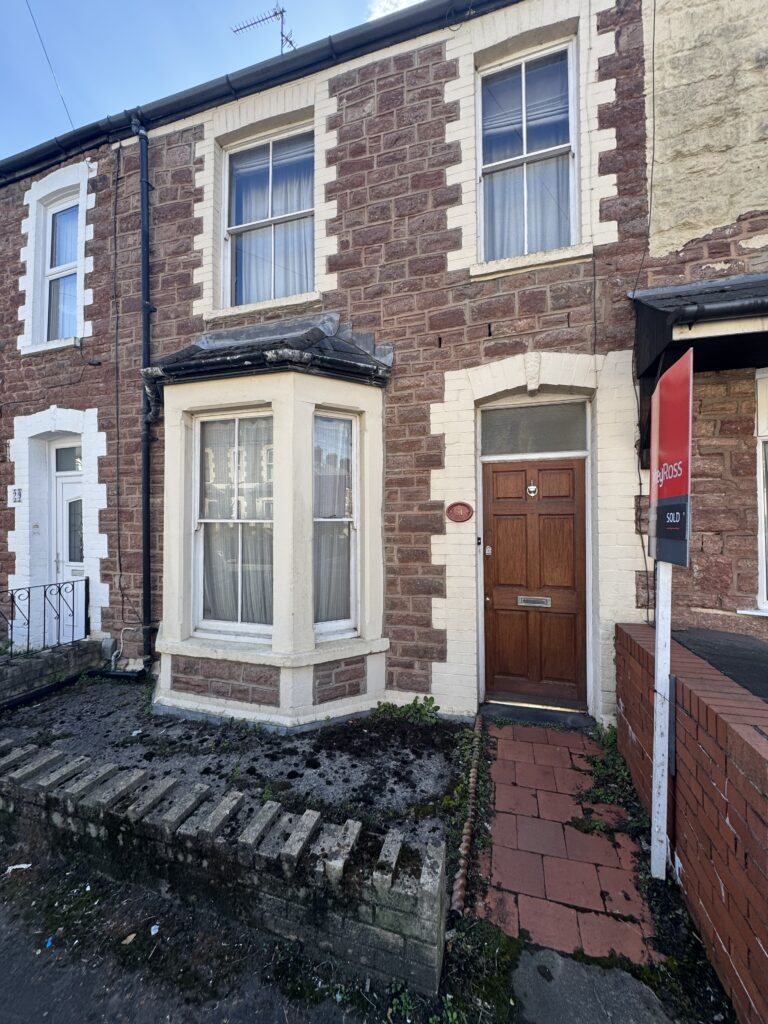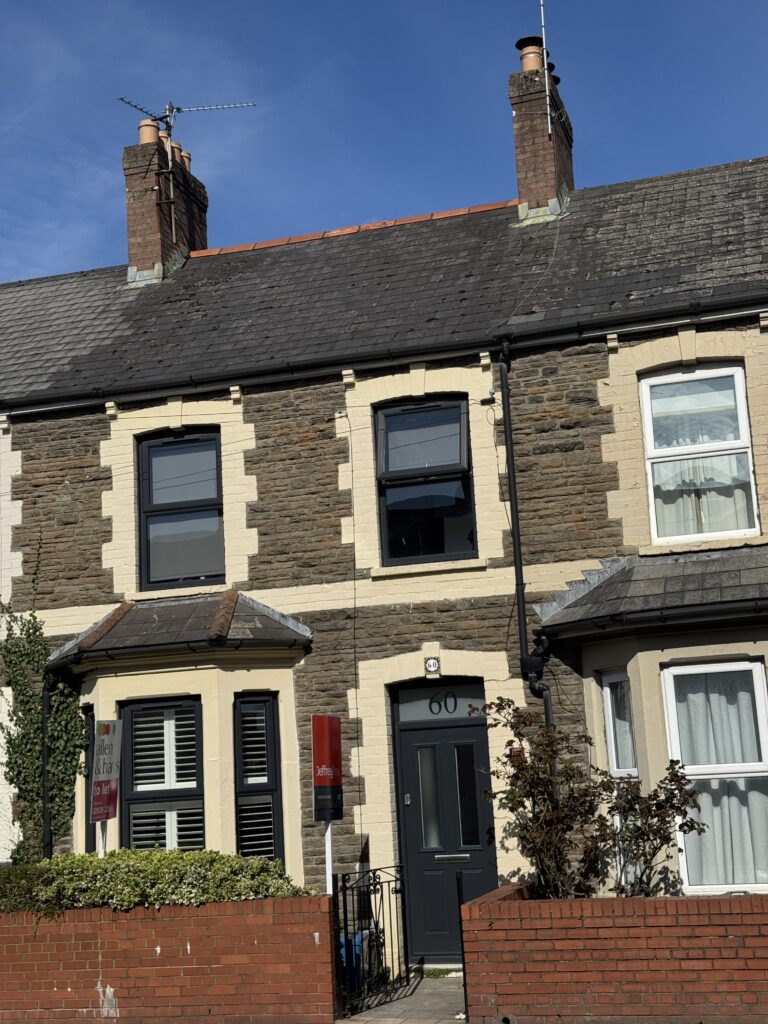If you’re planning to buy property in Wales, understanding Land Transaction Tax (LTT) is essential for budgeting your purchase. This Welsh equivalent of stamp duty has its own rates and rules that differ from the rest of the UK, and recent changes mean it’s more important than ever to know what you’ll pay.

What is Land Transaction Tax?
Land Transaction Tax replaced Stamp Duty Land Tax in Wales in April 2018, making Wales responsible for setting its own property transaction taxes. The tax is administered by the Welsh Revenue Authority and applies to anyone buying or leasing residential or non-residential property in Wales above certain thresholds.
Like income tax, LTT uses a progressive structure where different portions of your property price are taxed at different rates. This means you only pay higher rates on the amount that exceeds each threshold, not on the entire purchase price.

Recent Changes: What’s New in 2025?
The Welsh Government announced significant changes in December 2024 that affect buyers of second homes and investment properties. From 11 December 2024, the higher residential rates increased by one percentage point across all bands, now sitting broadly five percentage points above the main residential rates.
This change was designed to raise an additional £7 million in 2025-26 to invest in public services in Wales, but it means additional property purchases now cost more in Wales than in other parts of the UK.
Current LTT Rates for Main Residential Properties
If you’re buying your main home in Wales, here are the rates you’ll pay in 2025:
Property Value Band | LTT Rate
- Up to £225,000: 0%
- £225,001 to £400,000: 6%
- £400,001 to £750,000: 7.5%
- £750,001 to £1,500,000: 10%
- Over £1,500,000: 12%
Around 60% of residential property transactions in Wales fall below the £225,000 threshold, meaning most Welsh homebuyers pay no LTT at all.
How the Progressive System Works
Let’s say you’re buying a home for £300,000. Here’s how your LTT is calculated:
- First £225,000: £0 (0% rate)
- Remaining £75,000: £4,500 (6% rate)
- Total LTT: £4,500
This progressive approach ensures fairer taxation, with buyers only paying higher rates on portions of the price that exceed each threshold.

Higher Residential Rates: Second Homes and Buy-to-Let
If you’re buying an additional residential property and already own one or more properties, you’ll need to pay higher rates. This includes:
- Second homes and holiday homes
- Buy-to-let investment properties
- Companies buying residential properties
- Trusts buying residential properties (in some cases)
The current higher residential rates from 11 December 2024 are:
Property Value Band | LTT Rate
- Up to £180,000: 5%
- £180,001 to £250,000: 8.5%
- £250,001 to £400,000: 10%
- £400,001 to £750,000: 12.5%
- £750,001 to £1,500,000: 15%
- Over £1,500,000: 17%
Important exception: If you’re selling your main residence and buying a new one, the higher rates typically won’t apply, even if you temporarily own two properties during the transition.
Example: Buying a Second Property
For a £260,000 buy-to-let property in Swansea:
- First £180,000: £9,000 (5% rate)
- Next £70,000 (£180,001-£250,000): £5,950 (8.5% rate)
- Remaining £10,000: £1,000 (10% rate)
- Total LTT: £15,950
Compare this to the main residential rates where the same property would cost just £2,100 in LTT.

Non-Residential Property Rates
LTT also applies to commercial properties, agricultural land, and mixed-use properties. The rates are generally more favourable than residential rates:
Property Value Band | LTT Rate
- Up to £225,000: 0%
- £225,001 to £250,000: 1%
- £250,001 to £1,000,000: 5%
- Over £1,000,000: 6%
Mixed-use purchases (properties with both residential and commercial elements) are subject to these non-residential rates, which can result in significant tax savings.
How Does Welsh LTT Compare to England’s Stamp Duty?
Since Wales sets its own rates, there are notable differences from Stamp Duty Land Tax (SDLT) in England:
Main Residence Comparison
For a £500,000 home purchase:
- Wales (LTT): £18,000
- England (SDLT from April 2025): £15,000
- Scotland (LBTT): £23,350
Second Home/Additional Property Comparison
For a £500,000 additional property:
- Wales (LTT): £42,450
- England (SDLT from April 2025): £40,000
- Scotland (LBTT): £40,000
First-Time Buyers
One significant difference is that Wales currently offers no specific first-time buyer relief, unlike England where SDLT provides substantial savings. This means first-time buyers in Wales pay the standard main residential rates.
For a £500,000 property:
- Wales (LTT) first-time buyer: £18,000
- England (SDLT from April 2025) first-time buyer: £10,000
This represents a considerable disadvantage for Welsh first-time buyers compared to their English counterparts.
When Do You Need to Pay LTT?
You need to pay LTT when you:
- Buy a freehold property
- Buy a new or existing leasehold property
- Buy property through a shared ownership scheme
- Transfer land or property in exchange for payment
The “effective date” is usually the completion day of your purchase, and you must submit your LTT return and payment within 30 days of this date.
Available Reliefs and Exemptions
While Wales doesn’t offer first-time buyer relief, there are other reliefs available in specific circumstances:
Multiple Dwellings Relief
If you’re buying more than one dwelling in a single transaction, you may be able to reduce your LTT liability through multiple dwellings relief. However, changes are coming in 2025 to prevent this relief being used in combination with the Subsidiary Dwelling Exemption.
Other Reliefs
Reliefs may also be available for:
- Charities buying property
- Property transfers within company groups
- Certain partnership transactions
- Disadvantaged area relief (in some cases)
It’s advisable to consult with a solicitor or conveyancer to determine if your transaction qualifies for any reliefs.
How to Calculate and Pay Your LTT
The Welsh Revenue Authority provides an online LTT calculator on the GOV.WALES website, which is the most reliable way to work out exactly what you’ll owe based on your specific circumstances and completion date.
Your solicitor or conveyancer typically handles the LTT return and payment on your behalf, but you’re ultimately responsible for ensuring it’s paid correctly and on time.
Penalties for Late Payment
Missing the 30-day deadline can result in penalties:
- Initial penalty: £100
- Three months late: £200
- Six months late: £200
- Plus daily penalties after six months
- Interest charges on unpaid tax

Tips for Welsh Property Buyers
Budget Accurately
Don’t let LTT catch you off guard. Use the official calculator early in your property search to understand the true cost of purchases in different price ranges.
Consider the Threshold
With 60% of transactions below the £225,000 nil-rate threshold, staying under this amount means paying no LTT at all. In areas where properties hover around this price, it could be worth negotiating.
Main Residence Replacement
If you’re moving home, ensure you meet the requirements for main residence replacement to avoid the higher rates. You generally have 36 months to sell your previous main residence.
Timing Matters
Be aware that LTT rates can change. Those who exchanged contracts before 11 December 2024 but completed after may be able to use the previous rates under transitional rules.
Get Professional Advice
Property purchases are complex, and LTT rules have numerous exceptions and special cases. A good solicitor or conveyancer will ensure you pay the correct amount and claim any reliefs you’re entitled to.

The Future of LTT in Wales
The Welsh Government continues to use LTT as a policy tool, adjusting rates to meet revenue needs and influence the property market. The December 2024 increase in higher residential rates demonstrates this approach, targeting additional property purchases while maintaining rates for main residences.
There’s ongoing discussion about introducing first-time buyer relief in Wales, but no concrete proposals have been announced. Property investors should be aware that the higher rates make Welsh buy-to-let investments more expensive than in other parts of the UK.
Land Transaction Tax in Wales
Land Transaction Tax is an important consideration for anyone buying property in Wales. While the main residential rates remain competitive, with most buyers paying no tax at all, recent increases to higher residential rates mean second home and investment property purchases now incur significantly more tax than in England or Scotland.
Understanding how LTT works and planning for these costs is essential for a smooth property purchase. Whether you’re a first-time buyer, moving home, or investing in Welsh property, knowing the rules will help you budget accurately and avoid unexpected costs.
For the most current rates and to calculate your specific LTT liability, always check the official Welsh Revenue Authority website at GOV.WALES, where you’ll find up-to-date information and calculation tools.
Note: This article provides general guidance on Land Transaction Tax as of October 2025. Tax rules can change, and individual circumstances vary. Always consult with a qualified solicitor, conveyancer, or tax advisor for advice specific to your situation.

